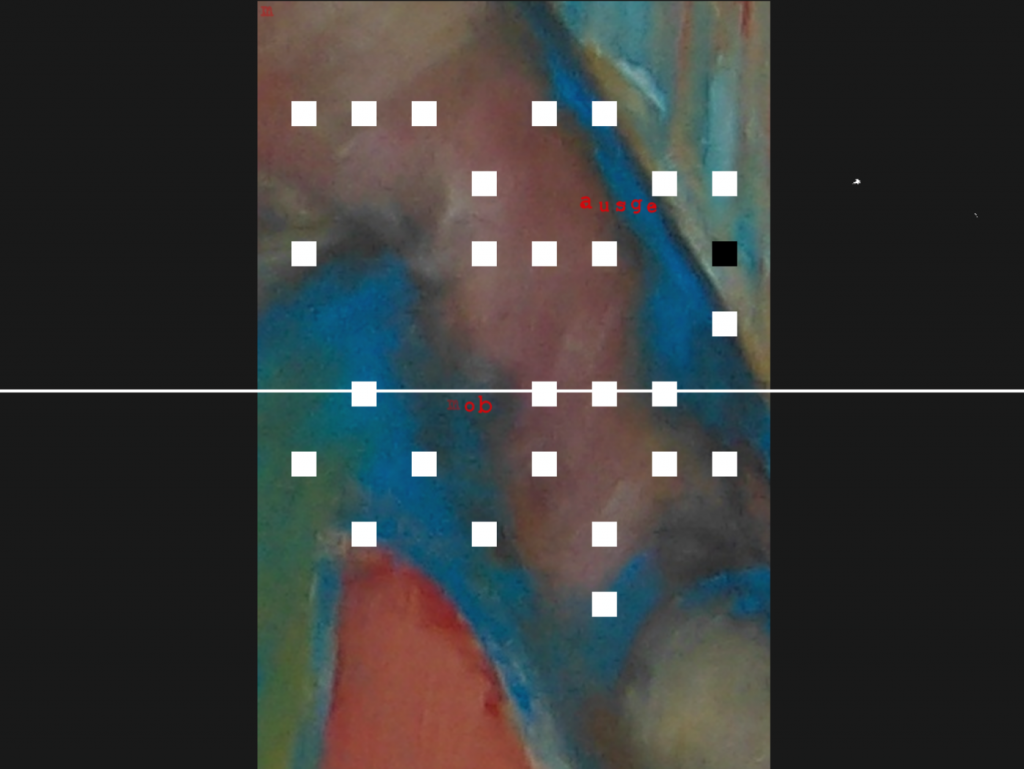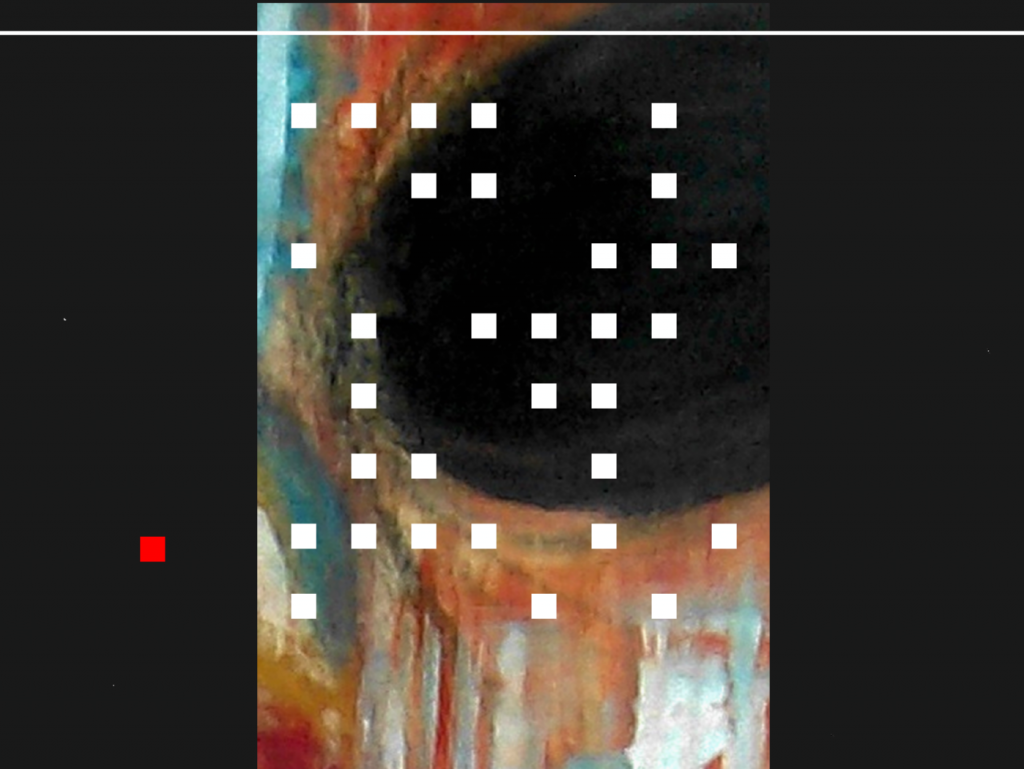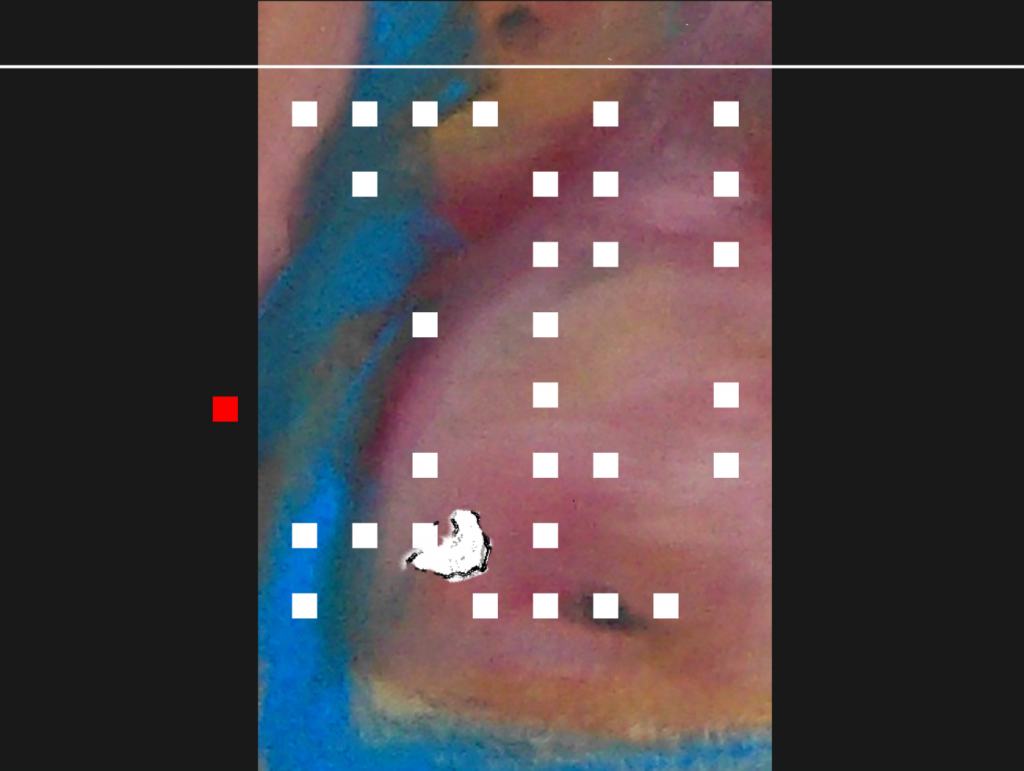As Slow As Possible (ASLAP) was inspired by a composition (“ASLSP”) of the famous and notorious American composer John Cage. The original tempo instruction for the performing musician was: as slow as possible. This resulted in performances typically lasting between 20 to 70 minutes. Is this slow enough? How slow is “as slow as possible?”
The city of Halberstadt, Germany, is currently conducting an organ performance that will last 639 years. The last sound change occurred August 5, 2011, and the next sound change will be July 5, 2012. Is this as slow as possible? Is this the final word on the slowness of musical performances?
A performance of 639 years spans the lifetime of many human generations. This performance is certainly using a time scale uncommon to the human experience.
One aspect of ASLAP (the videogame) and of ASLSP (the composition) is the perception of time and of the human time scale (that goes from birth to death).
What does an instruction like “as slow as possible” mean for a videogame? How slow can a game be? ASLAP presents this question to the player. At what point does the player become a viewer? Which strategies are required to play a game, which is breaking the standard time length for videogames? How do you organize your life around playing a game in “realtime” which could take 20 years? Or 200 years?
ASLAP starts slow, you need to “phase yourself in.” It starts slow and gets slower and slower. And slower. Ad infinitum(*). Each player should decide for her/himself, how slow “as slow as possible” is.
What kind of game then is it? ASLAP can be described as a game in search of a puzzle game, though there should be enough time left to find the game in the game. The musical structure of ASLAP (the videogame) is very primitive. Two notes switch endlessly back and forth and each note plays longer and longer. It is a found footage game from the 70s, from the lost works of Ewon Gral. It is a living painting and a still life (nature morte). It has its own consciousness (*).
(*) still needs to be proven.


